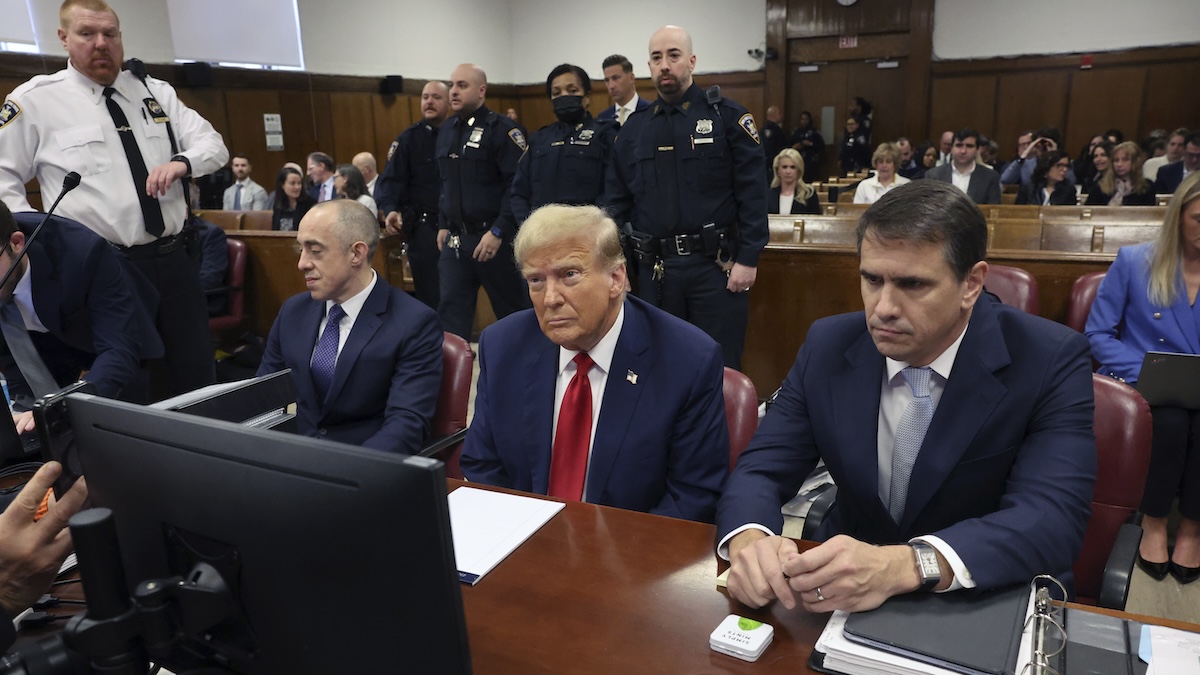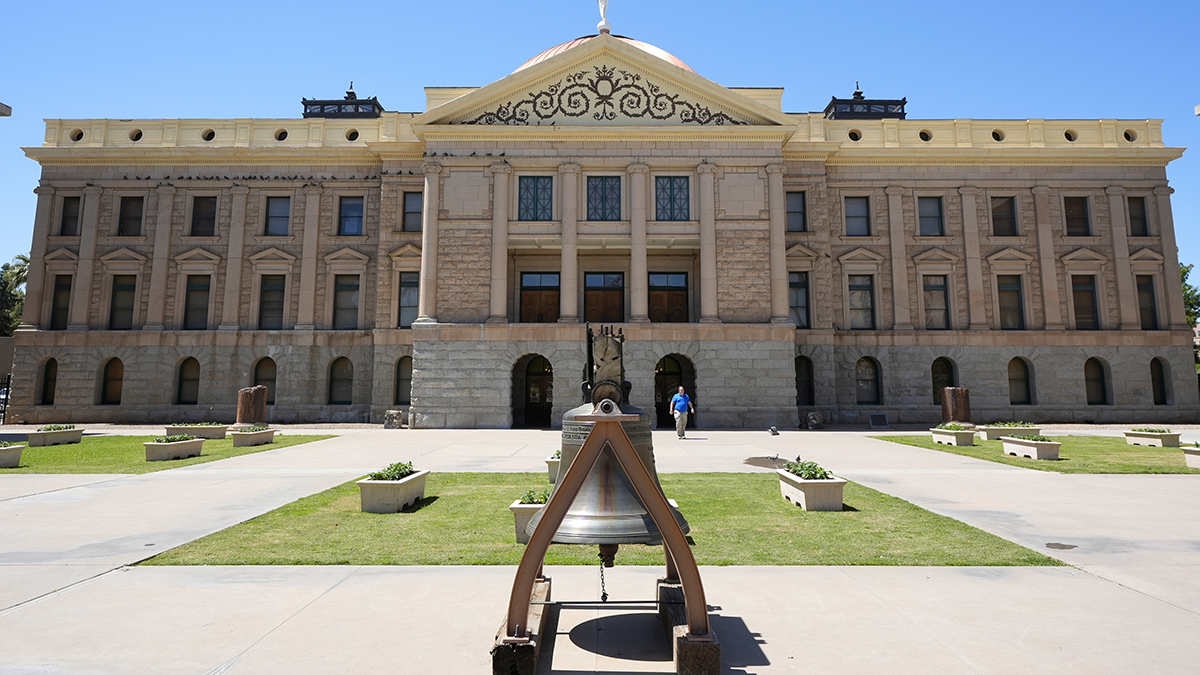The presidential election may be days away for adults, but for an 8.4 million underage voters, the results are in.
Hundreds of thousands of New Jersey children -- from kindergartners to high school students -- had the chance to make their choice for president and other top offices by taking part in the National Student/Parent Mock Election, coordinated by the New Jersey Press Foundation.
And when the results were announced Thursday night, they had overwhelmingly gone for Democrat Barack Obama.
The Illinois senator captured 67.5 percent of the votes cast by about 264,000 students from 677 schools statewide, while Republican John McCain got 29.7 percent. The voting was conducted from Oct. 20-30.
Participants had the opportunity to cast their votes for the presidential race, along with the U.S. Senate and House contests in New Jersey. Incumbent Democrat Frank Lautenberg won the Senate race, getting 50.2 percent while Republican Dick Zimmer received 29.3 percent, with third-party candidates getting the remainder.
In the House races, students voted for congressional candidates in the district according to their school's location. All the incumbents won, while Democrats John Adler and Linda Stender captured open seats in the 3rd and 7th districts, respectively.
Students also were able to give their opinions on four major national issues; the economy, the nation's involvement in the wars in Iraq and Afghanistan, the energy crisis, and health care policies and costs.
Politics
Nationally there were 13,000 schools and 8.4 million students taking part in the mock election.
"This is a good way to introduce students to the election process, to let them see how it works and what's involved," said Tom Engleman, the NJPF's program director. "We're happy and proud to be a part of this."
Some schools had students cast their votes in class or online, while others set up mini-polling stations in an attempt to replicate the voting experience. Students had the option to vote on all or just some of the races and issues.
"We tried to make it as close to a regular election as possible," said Tom Decker, who coordinated the event at Neptune High School. "We had them show student ID and sign in before they voted, so they could get a feeling for how it really happens."
Joanne Jocus, a teacher at Thomas P. Hughes Elementary School in Berkeley Heights, said the young students there were excited about being involved in the election. They conducted their voting on Wednesday, using computer kiosks set up in their classrooms.
"We recently discussed the elections in class and how they work, and we encouraged them to go home and talk about it with their parents," she said. "They came back eager to vote, so it was fun to see them get into it."
Megan Lehman, a social studies teacher at Governor Livingston High School, said her class conducted an election simulation in which students created their own political platforms. The class then established parties based upon similar platforms and ran a mock election, which allowed students to evaluate the major political issues without automatically siding with the candidate or party they are leaning toward.
"Students need the opportunity to evaluate and discuss the issues and candidates before being set to the task of casting their vote," Lehman said. "After all, one of our goals as educators is to cultivate informed participants in our democratic process."



